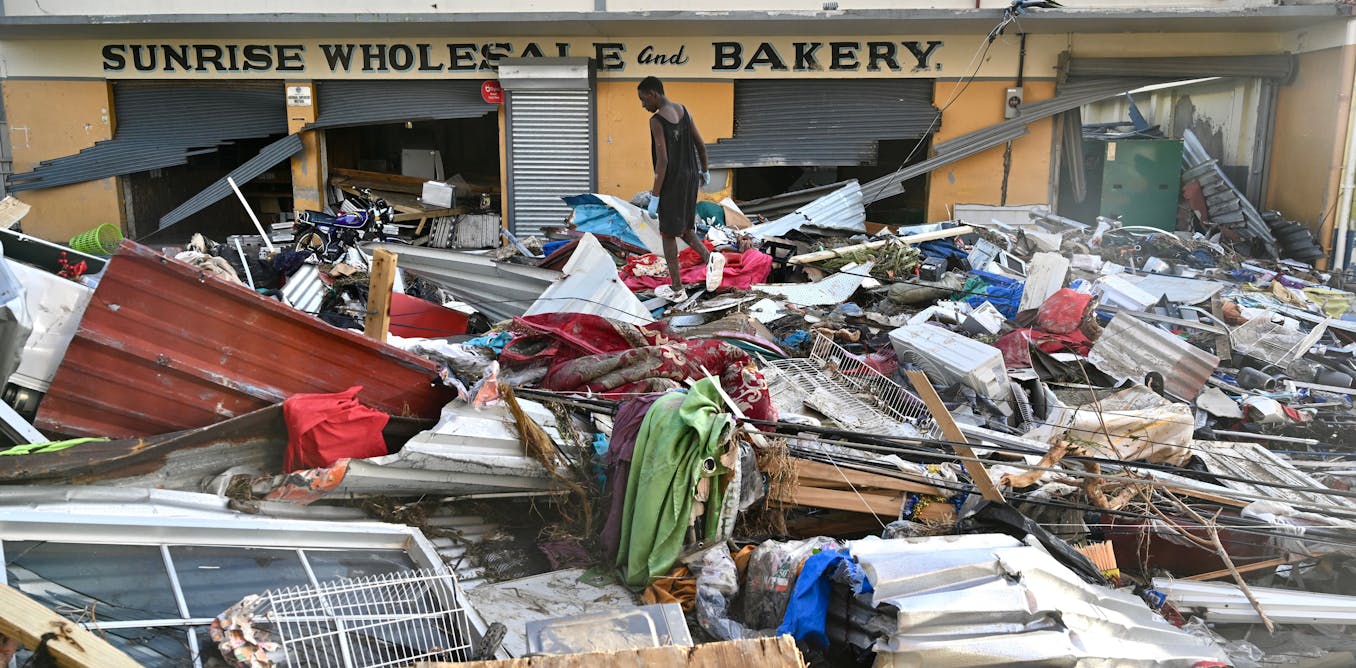Iran vs. Israel: The Missile Equation
In a stark assessment of military capabilities, a U.S. official and an analyst reveal that Iran possesses more offensive missiles than Israel has interceptors. This sobering statistic underlines a significant shift in the balance of power and raises pressing questions about the future of security in the region.
The Situation in Israel
The ongoing conflict dynamics in the Middle East are caught in a precarious balance, particularly between Iran and Israel. Israel has long prided itself on its advanced defense technology, including the Arrow 3 missile interceptor, which is designed to neutralize long-range threats from adversaries like Iran and Yemen. However, the latest reports indicate that stockpiles of these critical defense systems are running low, raising alarms not only for Israeli defense analysts but for global security observers.
Israel’s Layered Defense
Israel’s defense strategy has traditionally relied on a multi-tiered system designed to intercept various types of aerial threats. The Iron Dome addresses short-range projectiles, while the Arrow 3 focuses on countering more sophisticated, long-range ballistic missiles. This layered approach has been essential for maintaining air superiority and protecting civilian lives. Yet, with the stockpile of Arrow 3 interceptors dwindling, questions linger about how effectively Israel can defend itself against an increasing number of Iranian missiles.
Capacity Issues
The challenge Israel faces is amplified by its defense capacity issues. As tensions escalate, the demand for interceptors grows, leading to concerns about the sustainability of the current defense strategy. Israeli officials are grappling with how to bolster their defenses while facing the reality of limited resources. The implications of these capacity issues are far-reaching, affecting not only military readiness but also domestic confidence in the government’s ability to protect its citizens.
U.S. Draining Munitions
The situation is further complicated by the United States’ own military commitments. The U.S. has been actively supplying munitions to bolster Israel’s defenses, but these resources are becoming stretched as global threats arise. The ongoing conflict in Ukraine and various security demands around the world put additional strain on U.S. military supplies, raising significant concerns about the availability of vital defense resources for both Israel and other American allies.
What’s Next?
As we look to the future, the pressing question looms: what will be the next steps for Israel in this increasingly complex conflict? The interplay of offensive missile capabilities and defensive measures will undoubtedly shape the landscape of Middle Eastern geopolitics. With the balance of power currently tilted toward Iran in terms of offensive missile stockpiles, Israel may need to explore innovative solutions to enhance its defense systems. Diplomacy, intelligence cooperation, and advancements in missile defense technology will be critical as Israel seeks to navigate this challenging environment.
In summary, the statistics presented reveal much more than mere numbers; they encapsulate a fraught security landscape that demands immediate attention and strategic foresight. As both nations continue to eye each other warily, the future will inevitably hinge on the evolving calculus of missile capabilities and interceptors in this tense standoff.
Watch the video by The Wall Street Journal
Video “Iran Has More Missiles Than Israel Has Interceptors. Now What? | WSJ” was uploaded on 06/18/2025 to Youtube Channel The Wall Street Journal

































"A growing concern?"
Why is it a concern that they're running out of interceptors? FAFO
edit: Use my taxes to feed the American kids they cut off lunches, and fund healthcare instead.
If Iran succeed to make nuclear missiles what country do they hit first??
lies, Iran has struck more damage than shown
The Western propagandistic manipulations machine no need robotic to inform their trash to the world these mens and womens work good
Another fake propaganda. Like WMDs in Iraq in 2008……. Lies & Lies…. Fake propaganda news……..
The US waking up to another obvious reality that war is a manufacturing effort and the US and it's allies aren't the best at making things anymore…. wake Americans the American empire is long gone but you're still a very successful nation. Maintain that b4 its too late
That's good to hear
“They got money for wars but can’t feed the poor.” -2PAC
"We are continuing this policy in bleeding America to the point of bankruptcy. Allah willing, and nothing is too great for Allah." – O.B.L.
US Financial War Cost in Afghanistan & Iraq:
$2.3 trillion war in Afghanistan
$2.1 trillion war in Iraq
$1.1 trillion interest on war-related borrowing
$2.2 trillion future care of veterans (expected)
TOTAL ≈ $8 trillion
These costs do not include indirect economic effects, such as increased homeland security spending and long-term interest payments on borrowed money. The wars also contributed significantly to the U.S. national debt.
"Those who cannot remember the past are condemned to repeat it" – George Santayana.
This may seem mean, but can another country take the lead? America is rebuilding.
So, Iran has still been able to get through 10% of its missiles despite Israel being protected by Arrow-3, Arrow-2, David Sling, Iron Dome, US THAAD, US Patriot, Jordan's air defense systems, US military in Iraq, US F-16/F-15 in UAE, British Eurofighter typhoons in Cyprus, US aircraft carrier in the Persian gulf and US aircraft carrier in the Mediterranean. If I were the US president, I would have rather allied myself with Iran rather than Israel based on that fact.
First world country stop nuclear. So other country will not push to development their on nuclear weapon..
Wow 2milion dolar per piece, Seriously?
In our world of today, the US has always been the malevolent force.
For hypersonic missilles, it’s irrelevant anyway.
Look at last night’s hypersonics and how fast it goes.
The difference in the sky between the interceptor and the incoming hypersonic, is the difference between a walking grandma with a stick and a running athlete.
BOW WE ALL WITNESSED.. ISRAEL CANT WIN OVER IRAB ALONE
What do you mean ….are you confused……
Don't ask Chat Gpt 😂
Be happy..Why are you concerned?.. It's United States of Israel after all.
Say "IAI" ten times fast. 😂
Israel should have thought of this before starting this war. Day 5 and they're already defenseless.
Act fast, before you are put to shame by Iran
Using a million dollar interceptor to shoot down a thousand dollar missile…
And that's why you don't write checks you can't cash.
US will go broke first hahahaha
the longer this last the more debt US sinks into
Bibi FAFO
Iran is a free country and no one has the right to dictate how they should live. USA, go away.
"Iran Has More Missiles Than Israel Has Interceptors."
Israel has more nuclear warheads than Iran that's what
Some missiles slipped trough
all the MSM is forgetting about civilians who live there and the mess this war that Israel started is going to leave behind.
this is just plain stupid.
Attack, dont cry after you got slapped back by a PROPER ARMY.
literally so many problems in the world would be solved if israel was just abolished 🙄 but the selfish elites are too scared of their blackmail to care…
This ‘bunker buster’ U.S. bomb could cripple Iran’s nuclear ambitions: https://bit.ly/445jwkB